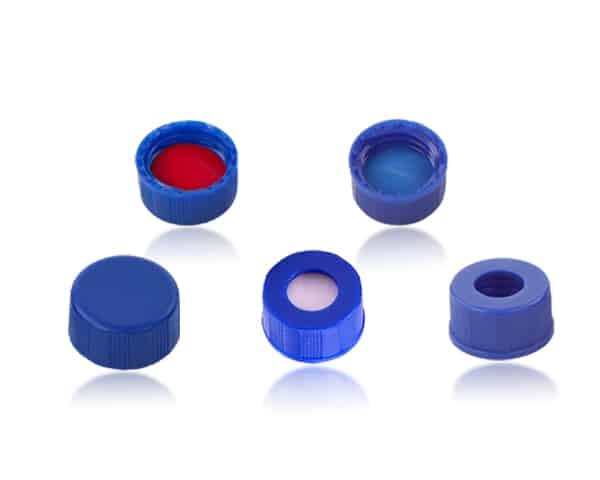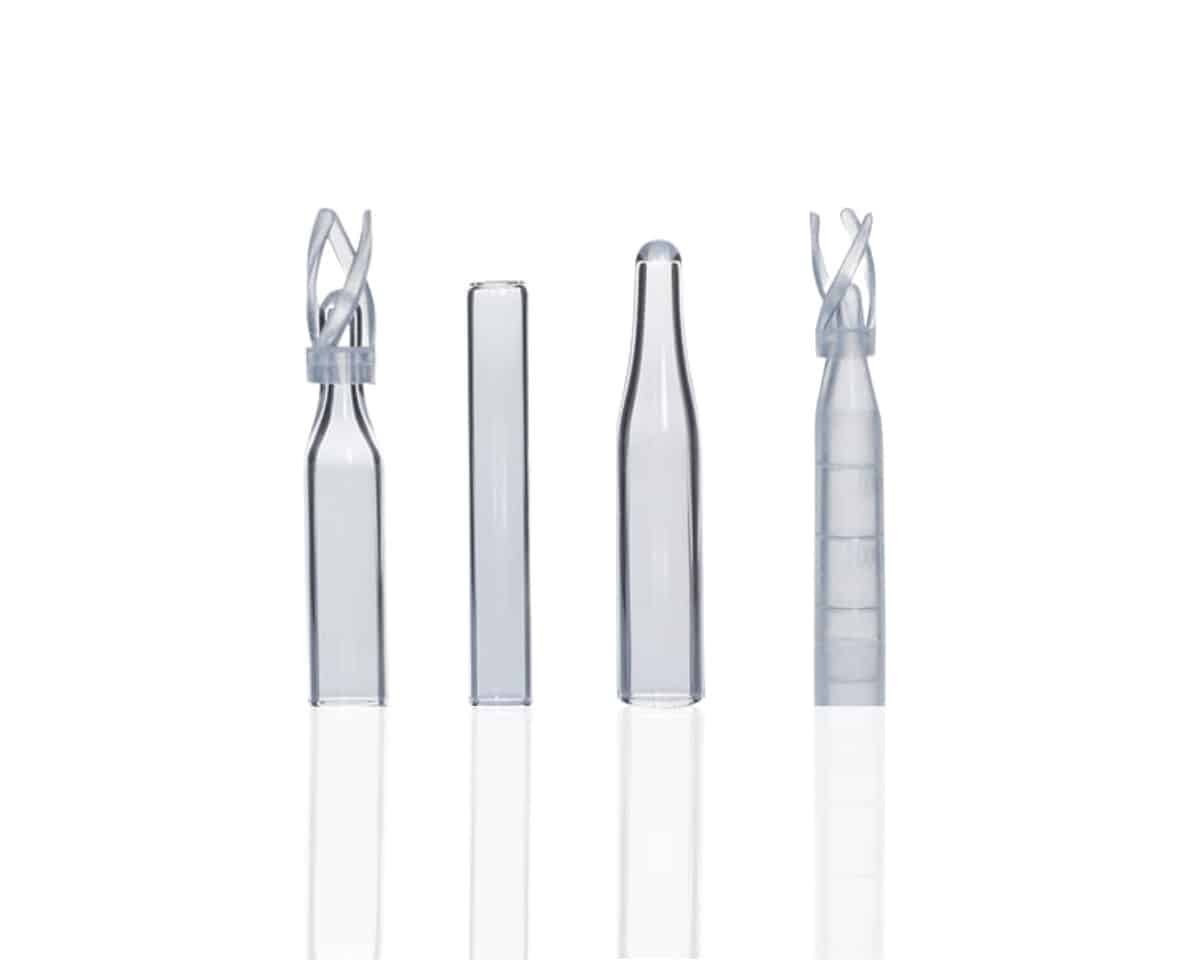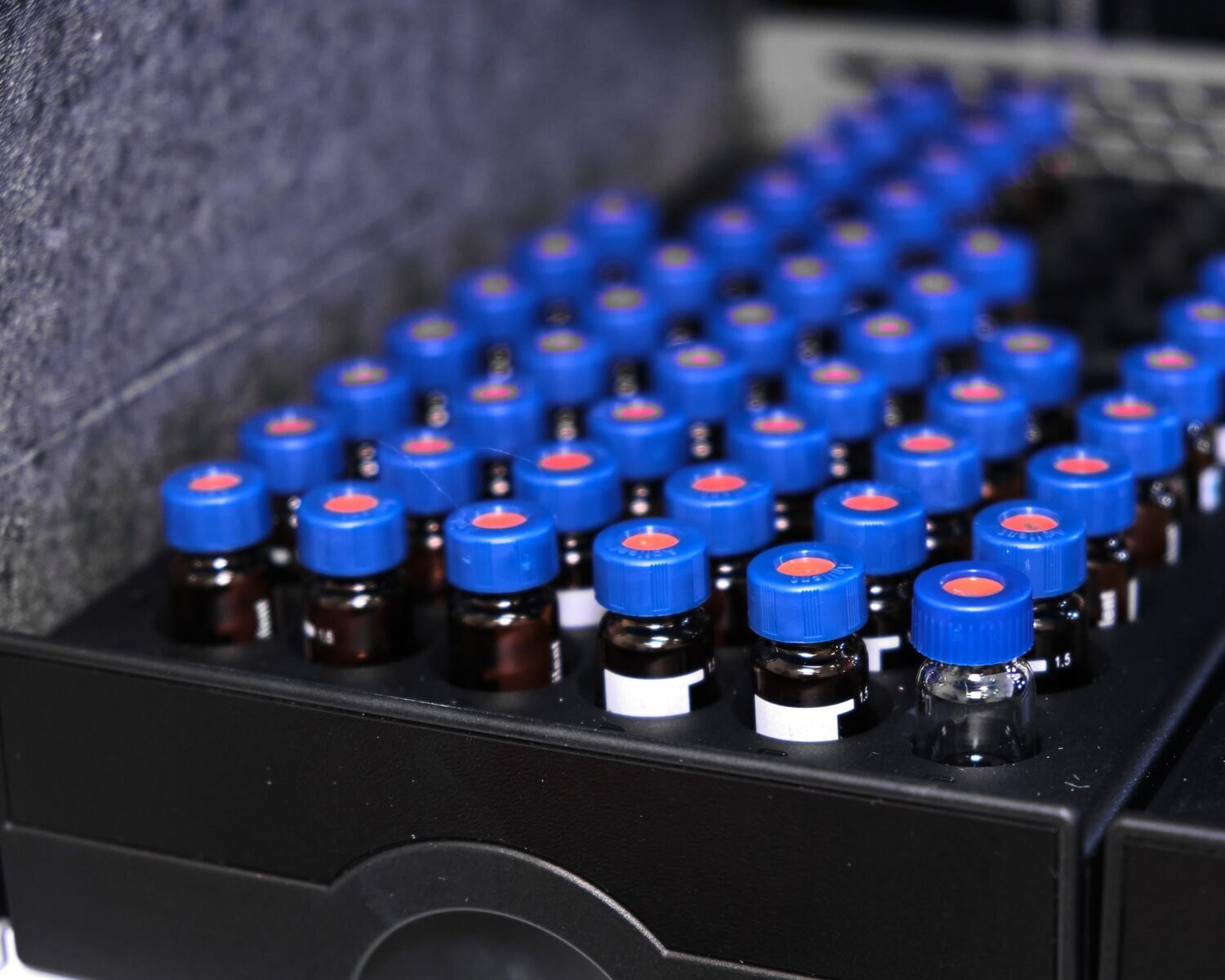So, you’ve been working in the lab for a while, and you’re probably familiar with HPLC vials. But have you ever stopped to think about the quality of those tiny little vials that hold your precious samples? Maybe you’ve never had a problem with them, or maybe you’ve encountered a few that didn’t quite perform as expected. Well, let’s talk about how you can make sure you’re using the best quality vials, because, trust me, it can make a world of difference in your results.

Why Should You Care About HPLC Vial Quality?
You might be wondering, “Does the quality of my vials really matter?” The short answer is yes! Poor-quality vials can lead to contamination, inaccurate results, and even instrument damage. You’re putting so much effort into preparing your samples and running tests, why let low-quality vials ruin your hard work?
What do I think of that? It’s like baking a cake with stale ingredients. You might still get something edible, but it won’t be nearly as good. So, let’s ensure your vials are top-notch. Agree?
HPLC Vial Basics: What to Look For
Before diving into inspection tips, it’s helpful to know what an HPLC vial should be like. These vials are typically made from borosilicate glass or polypropylene and come with various caps and septa that provide airtight seals. Their purpose is to hold your samples during the High-Performance Liquid Chromatography (HPLC) process.
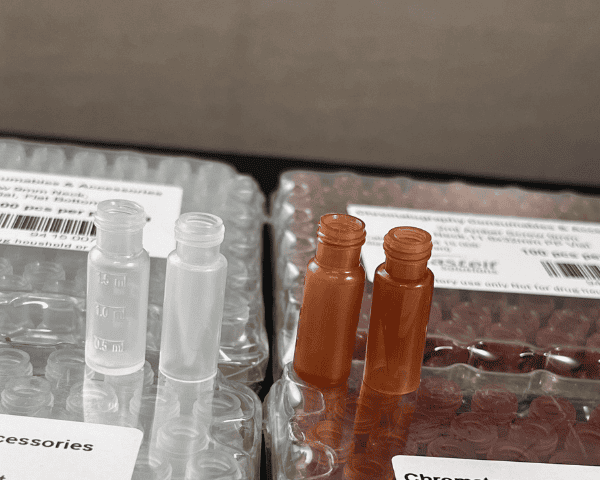
Material: Glass vs. Plastic
When it comes to vial materials, you’ve got two main choices: glass and plastic.
- Glass Vials: Borosilicate glass is the go-to material for most labs. It’s resistant to chemicals and temperature changes, making it ideal for sensitive samples. If you’re dealing with volatile compounds, you’ll probably want to stick with glass.
- Plastic Vials: Polypropylene vials are great for less demanding applications. They’re shatterproof and cost-effective, but they don’t offer the same chemical resistance as glass. So, if your samples are prone to chemical reactions, think twice before going with plastic.
Do you usually use glass or plastic in your lab? Personally, I’m a glass fan—it just feels safer for sensitive samples. But of course, every lab has its own preferences.
Cap and Septa: The Unsung Heroes
The caps and septa might seem insignificant, but they’re critical. The cap should create an airtight seal, while the septa (the material inside the cap) should be made from high-quality materials that won’t leach into your sample. A low-quality septa could introduce contamination, and nobody wants that!
How to Inspect Your HPLC Vials for Quality
Now that we’ve covered the basics, let’s talk about how to make sure your HPLC vials are up to standard. Just because they look fine at first glance doesn’t mean they’re perfect. You’ve got to inspect them carefully. Here’s how.
Visual Inspection: First Impressions Matter
The first step is a simple visual inspection. Sounds basic, right? But you’d be surprised how many people skip this step. Look for cracks, chips, or any imperfections on the vial. Even tiny defects can lead to contamination or leaks.
Check for Surface Defects
Examine the surface of the vial closely under good lighting. Scratches or irregularities might seem harmless, but they could be a source of contamination or lead to sample loss during analysis. Make sure the glass or plastic looks smooth and flawless.
Inspect the Cap and Septa
Check the caps and septa carefully. Are they securely attached? Do they fit snugly on the vial? The last thing you want is for the cap to come loose during your test. Make sure the septa isn’t deformed or punctured before use—sometimes, septa degrade during storage.
What do you think? Would you say this step is often overlooked in your lab?
Compatibility: Ensure the Vials Fit Your Instrument
Not all HPLC vials are created equal, and some may not fit your specific HPLC instrument. If the vial doesn’t fit perfectly, you’re going to run into issues like leaks, contamination, or even instrument damage. Make sure the vials you’re using are compatible with your machine.
Test with Your Autosampler
Run a few vials through your autosampler to ensure they fit perfectly and work seamlessly with your system. I’ve seen so many people try to save a few bucks by using off-brand vials, only to find they don’t fit their autosampler properly. Trust me, it’s not worth the hassle!
Double-Check Dimensions
Different brands might have slightly different dimensions for their vials. It’s always a good idea to measure the vials before use to ensure they match the specifications of your equipment. You don’t want to risk losing a sample because of an ill-fitting vial.
Chemical Resistance: Test Before You Trust
You’ve selected your vials, inspected them visually, and confirmed they fit your instrument. Great! But are they resistant to the chemicals you’re working with?
Conduct a Compatibility Test
Before you use a new batch of vials, run a chemical resistance test. This involves exposing the vial to your sample and ensuring there’s no leaching or chemical reactions. If you’re using glass, this step might seem unnecessary, but it’s always better to be safe than sorry.
Check for Residue
After running your sample through the vial, inspect it for any residue or chemical buildup. If you notice anything unusual, it could be a sign that the vial material is reacting with your sample. In that case, it’s time to switch brands.
Where to Buy High-Quality HPLC Vials
So, now you know what to look for, but where can you buy high-quality HPLC vials? There are plenty of options out there, but not all of them are reliable. Look for well-known brands like Agilent, Waters, or Thermo Fisher. These companies offer vials that are compatible with most HPLC instruments and undergo rigorous quality testing.
Buy from Reputable Suppliers
When purchasing vials, stick to reputable suppliers who provide transparent information about their products. Avoid cheap knock-offs; they might save you money upfront, but they can cause expensive problems down the line. Trust me on this one—I’ve seen people waste more time and money dealing with faulty vials than they saved by going the cheap route.
Also, if you’re on the lookout for high-quality HPLC vials at sensible pricing, you won’t miss out Mastelf. With over 13 years of experience in chromatography vials, we can help you find the exact vials you need for your applications. Our expertise ensures that you get reliable and precise products tailored to your specific requirements. Whether you’re in pharmaceuticals, research, or any other industry relying on HPLC, we understand your needs and are here to support you in making the right purchase.

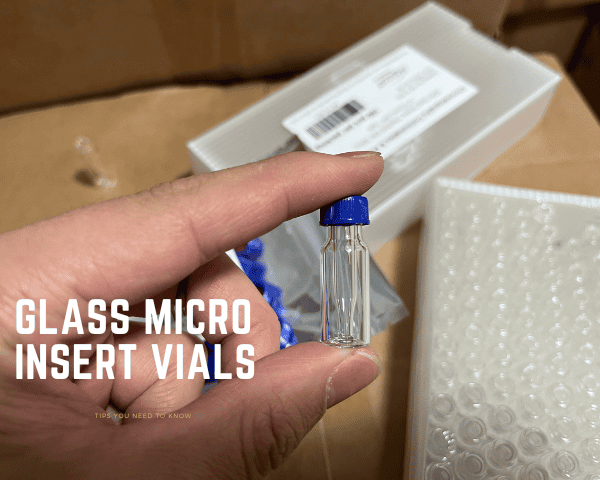

Look for Certifications
Some suppliers offer vials that meet USP (United States Pharmacopeia) standards or ISO certifications. These certifications ensure that the vials meet specific quality and safety standards, giving you peace of mind that you’re using a reliable product.
Certification of Analysis (CoA): Review the supplier’s CoA to ensure the vials meet the required industry standards, such as USP, ISO, or ASTM specifications.
Regulatory Compliance: Confirm that the vials are compliant with the relevant regulatory standards, especially if they are used in pharmaceutical applications.
Online Marketplaces
You can also find high-quality vials on online marketplaces like LabX or eBay, but make sure the seller is reputable. Look for reviews, check return policies, and ensure that the vials are compatible with your system before making a purchase.
Conclusion: Keep Your Lab Running Smoothly
Ensuring the quality of your HPLC vials isn’t just about preventing leaks or contamination—it’s about safeguarding the integrity of your entire analysis. By paying attention to materials, inspecting vials thoroughly, and buying from reputable suppliers, you’ll save yourself a lot of headaches in the long run.
What do you think? Have you ever run into issues with low-quality vials? If you’ve got tips for ensuring vial quality, I’d love to hear them!




